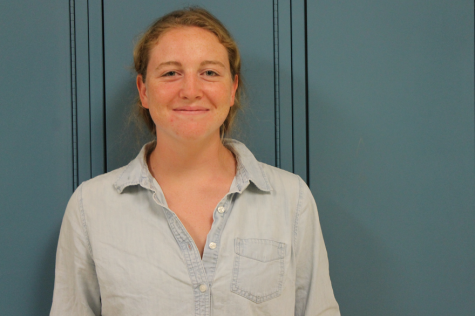As the clocks switched for Daylight Savings Time on Nov. 2, over 70 countries, including the U.S., fell back an hour and everything changed. All of a sudden, what I thought was 7:30 a.m. was actually 6:30 a.m. and my body panicked on the inside.
I wouldn’t call my internal clock perfect, but I can usually tell the times to wake up and go to bed.
When I was little, I had no idea what Daylight Savings Time did or what the purpose was. I used to notice it would get a lot darker at night, but as I got older, I wasn’t up early enough to notice the difference.
The first time I was curious about what Daylight Savings Time was was when I saw the movie “National Treasure.” I remember watching as Nicholas Cage recognized that he could still make it to the Liberty Bell on time because the note on the back of the Declaration of Independence was written before Daylight Savings Time was implemented.
The time change has a huge effect on my daily life, considering I’m usually in bed at 10:30 p.m. by the absolute latest. So this whole pitch black darkness at 4:45 p.m. thing is cramping my style.
My body now thinks it’s bedtime at a ripe 5:00 p.m., not to mention I also occasionally get blinded by the setting sun on my way to rowing practice.
On the other hand, it’s awesome how the sun rises earlier now. I no longer have to make the trek from the tennis court parking lot to the front doors of school every morning in complete darkness. There’s always the winter solstice to look forward to, after which the days start getting longer again.
But, until then, my grandma and I will share the same 4:30 bedtime.














































